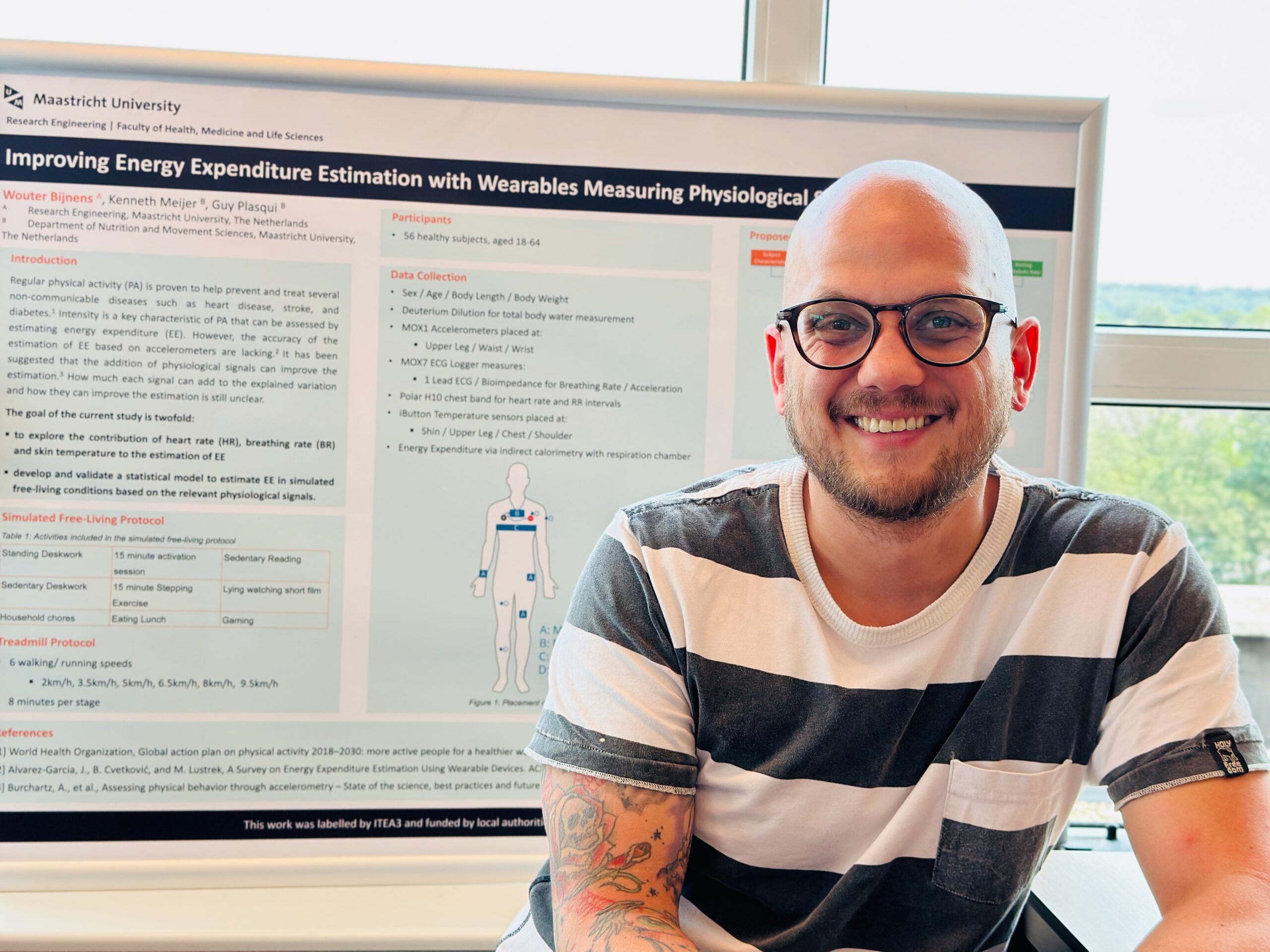IDEE – Maastricht Instruments: implementing highly autonomous yet loosely coupled teams
The Context
Over the course of 25 years, IDEE and Maastricht Instruments (MI) have developed numerous innovative medical devices and technical products for research in health, medicine and life sciences, successfully bringing them to market. IDEE, a department of Maastricht University, is responsible for the engineering, while MI makes these technical solutions market-ready when there is a broader demand for these innovations.

The Challenge
Until last year, there was unity of leadership encompassing both the university’s service-oriented part and commercial part provided by MI. Since then, this role has been split. However, this did not come with sufficient role clarity and understanding. This lack of clarity led to a pressing need for a constructive, practical (re-)organization of management.
Furthermore, there was a strong urge for enhanced clarity regarding the following aspects: Why does IDEE exist? Why does MI exist? What are the specific roles and responsibilities of the staff in both organizations? And what sets apart their mutual cooperation as truly exceptional?
It also presented an opportune moment to revisit current working practices such as meeting structures, information sharing among suppliers, teaming, on-site projects, agile processes and more. Additionally, it allowed for critical reflection on deeply ingrained patterns and implicit norms and rules that govern them.

How we worked together with IDEE-ME
The starting point of this half a year’s journey was a two-day event (including the management and all team leaders) where in-depth discussions were held on organizational drivers (as intended in Sociocracy 3.0) that necessitated change and improvement.
Afterwards, our guidance process and interventions emerged organically rather than being planned in advance and evolved from a broad scope to very specific themes. However, the common thread in this context was how to interact with each other as a management team.
By conducting interviews with staff, engaging in unprejudiced one-to-one talks (including personal coaching), facilitating team sessions, and observing how management team meetings are conducted, we were able to gather essential input for co-creating answers to key questions regarding the organization’s purpose, role clarity of both staff and management, mutual working relationships, deep human connection, team efficiency and effectiveness, and more.

The Impact
The initially intended role of moderator of Unbossers quickly evolved into that of business, people and process coach. The fact that the interventions encompassed both the ‘soft’ human and ‘hard’ business aspects was perceived as a significant added value.
By getting straight to the point, demonstrating a clear path forward, and swiftly instilling confidence, people were motivated to take spontaneous action and ownership of problems. Management has moved closer together. A new approach to handling management tasks and a shift in ownership of management has emerged.
Thanks to our approach, management and both organizations have reached a point where they can autonomously carry on the started change process. There is definitely a Before and After situation. Our baton could be passed on with confidence … .

